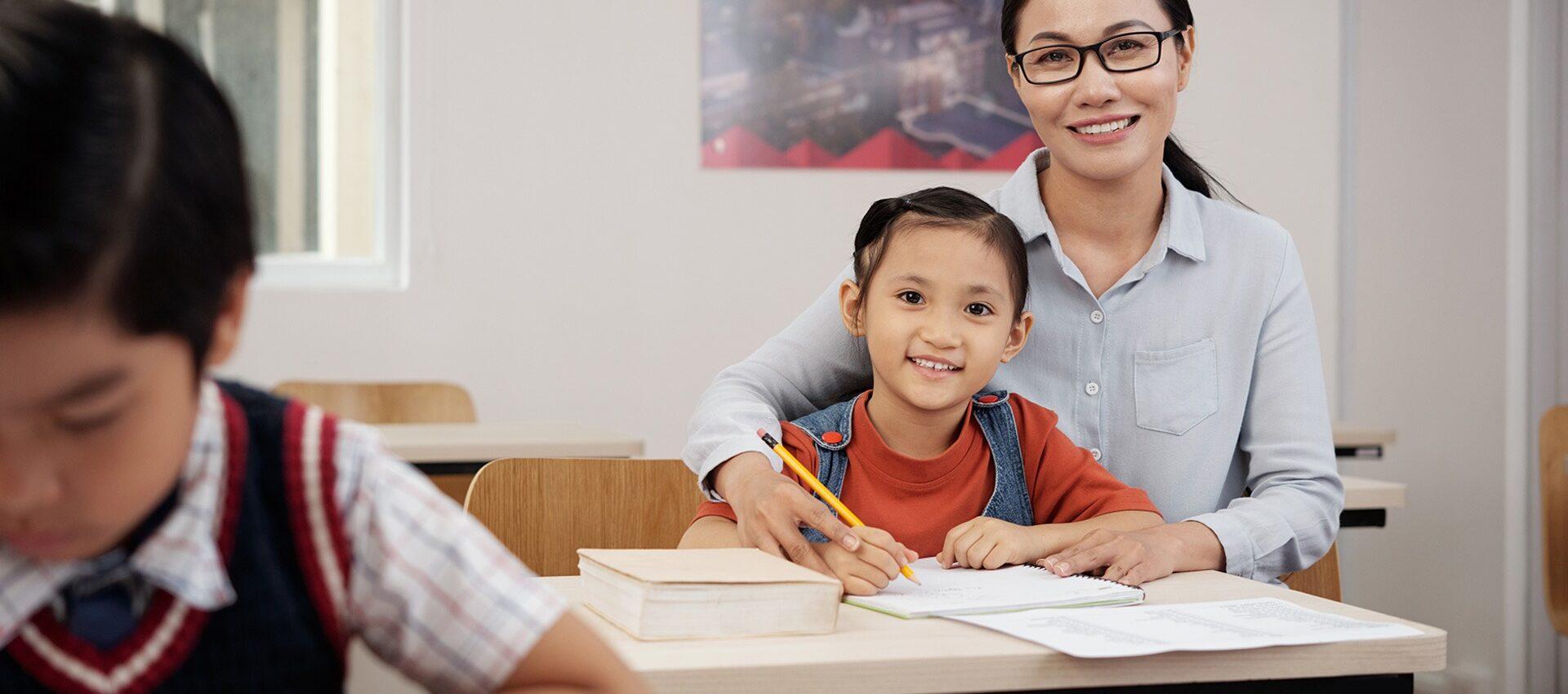You’ll often hear Safeguarding if you work in a school. It would help if you were up to date with your responsibilities to keep children safe at all times. This blog addresses the question—What is safeguarding in schools? Also included is a range of important information that will allow you to keep children safe in the learning environment. You’ll gain a lot from learning what the term safeguarding means.
Safeguarding in Schools
Firstly, you must understand the importance of safeguarding children in school while providing the necessary provision to keep students safe. Safeguarding fundamentally keeps children safe from harm in the school environment and beyond. Every child has the right to live in a secure environment, free from abuse. From a senior leadership point of view, this requires you to consider diligently constructing safeguarding policies in schools and the procedures that affect a safe learning environment in the institution.
In addition, you must have different staff and volunteers within the school environment who are confident in identifying and responding to any concerns that may crop up.
It is also essential to remember that safeguarding is vital regarding recognizing potential warning signs. And liaising effectively with the relevant authorities in an attempt to support those who are victims of abuse.
By giving your practitioners access to up-to-date and accessible safeguarding training, you would provide them with the skills they want to gain a unique insight into how children develop, behave, and interact with their peers and all those around them.
School Safeguarding Responsibilities
Safeguarding in school necessitates protecting the children in your care by establishing a clear safeguarding policy. This will enable staff and volunteers to be well aware of their responsibilities within the school setting.
When it comes to safeguarding children, a successful school will be:
- Always acting in the student’s best interests.
- Valuing them, paying attention to what they say, and respecting them.
- Including the children in decisions that affect them.
- Keeping a no-tolerant attitude toward bullying, homophobic behavior, racism, sexism, or any other forms of discrimination, including using technology.
- Ensuring the curriculum offers all the opportunities to learn about keeping themselves safe, especially when using technology.
- By ensuring every staff member attends training related to radicalization and extremist behavior. And by examining the risk of students being drawn into terrorism.
- Encouraging attendance and taking action if a child misses’ school regularly.
- Ensuring all staff and volunteers are familiar with and committed to the safeguarding policy and fully understand their responsibility to take action.
Conclusion
In conclusion, all teachers are required to undertake safeguarding training. This training enables them to recognize when a child is at risk and how to address best any concerns they may have. Everyone working in a school should be concerned about a child’s safety.






